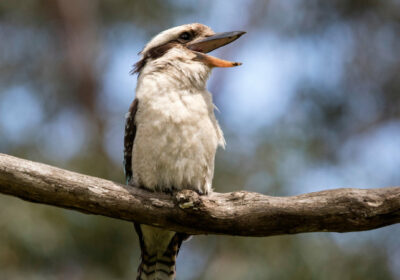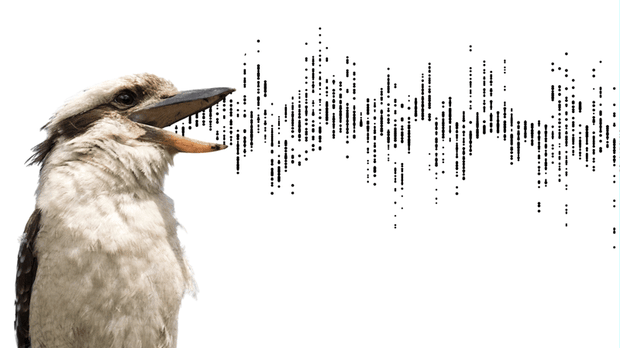‘Google for wildlife sounds’: Huge boost for conservation research

Save articles for later
Add articles to your saved list and come back to them any time.
A new search tool from Google Australia lets ecologists and conservationists upload recordings of wildlife calls, and instantly match them to thousands of similar sounds from around the country, allowing for ecosystem insights that could otherwise take thousands of hours to achieve.
The AI-powered tool is an extension of the tech giant’s partnership with the Queensland University of Technology and the Australian Acoustics Observatory, or A20, a nationwide network of recorders, which earlier this year revealed an initiative that can process huge amounts of audio data and isolate the calls of specific wildlife.
Researchers can upload their recordings, and match them to bird calls from around the country.
By using the new tool, dubbed A20 Search, researchers can tap into the millions of hours of indexed recordings from the observatory, to pinpoint where else a particular call has occurred without needing to scrub through audio manually. QUT’s Professor Paul Roe, lead researcher at A20, said it was a huge leap for conservation.
“What we have built here is a search tool to liberate the data collected in the field. Instead of trying to manually sift through what amounts to hundreds of years of data that we could not live long enough to go through, AI does it for us,” he said.
“You have to understand the environment before you can protect it, and bringing ecology and computer science together like this is the key.”
He said research enabled by this system would help land managers make informed decisions about conservation, management, and biodiversity protection.
Once a researcher has uploaded a recording, they highlight a five-second clip containing the call they want to search, and the tool returns results in a matter of seconds. They can then be refined by location, date, or time of day, plotted on a map or used to make further searches.
Researchers can also download the audio, or export a spreadsheet with details of all their matches, which could be useful in making their own machine learning classification tools. A20 Search is designed primarily for bird calls, but also works for koalas and other noise-making animals.
Acoustics expert and Google software engineer Tom Denton said that many researchers were looking for things that there isn’t a lot of existing data for, including rare endangered species, particular call types, or changes due to shifting conditions.
“So to help people try to find examples of what they’re looking for very easily, we stepped back and said hey, instead of requiring folks to hand pick and listen to thousands of hours of audio to build a classifier, we can start from search and try to surface what people are looking for much more efficiently,” he said.
“If it happens to work really well you can just use those results. And if you get sort of a mix of results, then it actually is a really nice place for starting to build a classifier.”
The data from A20 is still largely not annotated, as it was collected passively by recorders around the country. But Denton said the search system could amplify experts’ specialist knowledge, for example the subtle difference between similar species’ calls. By uploading a certain call that only one species makes, or that only a juvenile makes, researchers can start to answer specific questions more quickly.
“If you’re trying to find out what’s going on with the bird population over time, being able to identify juvenile calls is actually super useful, because you’ve got a new crop of juveniles coming in every year,” he said.
“And so then you can say, ‘hey do we have a good crop of juveniles this year? Or is the population having some trouble due to whatever else might be going on?’”
The project is part of Google Australia’s $1 billion Digital Future Initiative, which has also funded research in monitoring crown-of-thorn-starfish and tracking wildlife in bushfire-affected areas.
But though the search giant helped build A20 Search, all the data is hosted at QUT and the search tool is under the university’s control. It’s open source and can be used by anyone at search.acousticobservatory.org/search.
Get news and reviews on technology, gadgets and gaming in our Technology newsletter every Friday. Sign up here.
Most Viewed in Technology
From our partners
Source: Read Full Article
